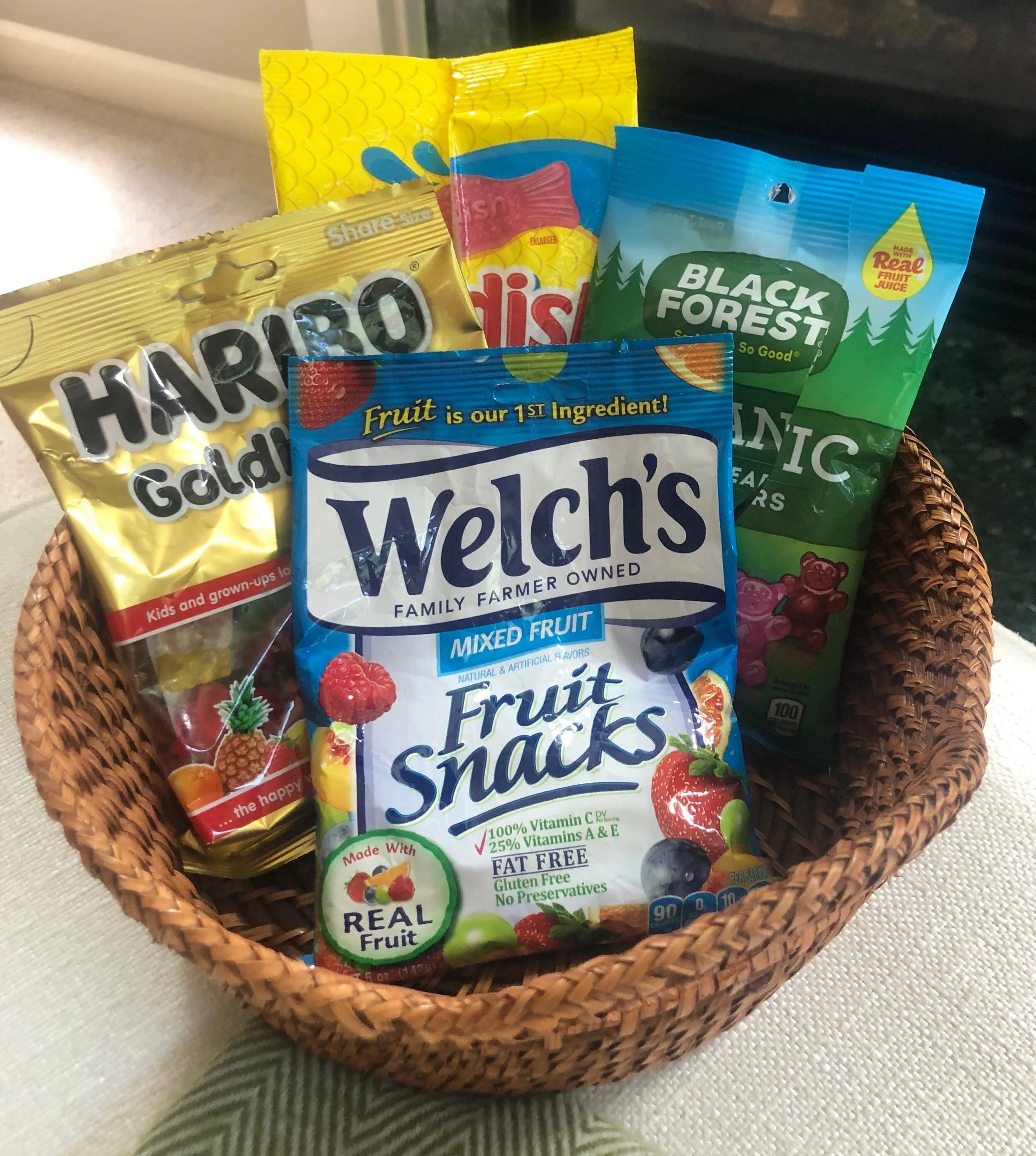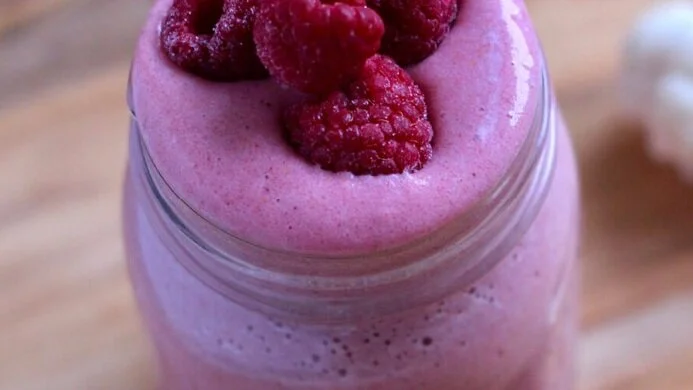Sneaky added sugars and its affects on our hormones!
Here’s my confession: I am a sugar addict and have been since I was a small child. My best friend from growing up still sends me candy corn and jelly beans during the holidays as a reminder of our happy days of inhaling sugar together. I recently shared my love of sugar with a woman I met and she was almost teary recalling her days filled with eating Swedish Fish and Mike and Ikes. It’s a truth we all know: Sugar is highly addictive and breaking free is not easy. Curbing sugar consumption is not just about willpower and diet; it’s about education and understanding the disaster it wreaks on both our hormones and weight management.
For women, sugar has an even bigger impact during menopause and perimenopause and poses challenges to ending the sugar war. The hormones estrogen and progesterone affect how your cells respond to insulin, and blood sugar levels fluctuate more frequently. As we age, sugar exasperates the impact of hormonal changes. But the good news is that a low sugar diet can help with aiding in better sleep, clearer skin, less brain fog, more stable moods, a decrease in hot flashes, and mid-life weight gain! With less sugar intake, your body will burn stored fat and keep your insulin and blood sugar levels healthy.
We try our best, but here’s the stark truth, the average sugar intake is 47 teaspoons/ day which is the equivalent of 200 grams! That’s well beyond the AHA recommendation of 25 grams per day for women.
Where is this sugar coming from? The culprits might surprise you:
1 tbs. barbeque sauce 6 g sugar
1tbs. mayonnaise .1 g sugar
½ c. vanilla ice cream 14 g sugar
1 tsp ketchup 1.2 g sugar
1 tbs salsa .1 g sugar
1 c. of low fat yogurt 22 g sugar
Our classic summer staples…
5 oz. white wine 1.2 g sugar
6 oz. margarita 11 g sugar
1 12 oz. lite beer .3 g sugar
But don’t fear; there are ways to curtail the sugar rollercoaster, decrease inflammation, lower your body fat, and reset your metabolism. (and no, you don’t have to give up having fun).
Personally, when the sugar habit rears its ugly head, I take stock and start with adding more protein at every meal. I also drink extra water and limit fruit in the afternoon. We are all unique, and different tricks can work for everyone. However, here are my five tips on getting started that have worked with my clients and myself, and hopefully, now you as well!
Know your labels! Read and check the ingredients list to see where there are added sugars. Sugar-free is considered .5 grams. Make smart swaps for your high sugar foods, with natural, lower sugar whole foods.
Understand the difference between natural sugars versus added sugars. Natural sugars found in fruits and vegetables are fine, but the added sugars are the ones to avoid in foods.
Add healthy fats and protein to each meal to help feel satisfied.
Eliminate sugar substitutes. They raise your blood sugar and can increase cravings. The only sweetener that is really helpful is stevia, and use that in moderation.
Eat a wide variety of fresh fruits and vegetables daily, and decrease the consumption of high to moderate carbohydrates. (think sweet potatoes, quinoa, whole grains, and fresh leafy greens and vegetables) It’s boring, and you have heard it before, but it works.
The key to finding balance in your diet isn’t an all or nothing approach. It’s about taking steps to create good conscious habits, that you practice every day, so that when your neighbor invites you to a barbecue, you know to maybe skip the ketchup on the hamburger, and add a slice of tomato instead!
If you are looking for more ways to decrease the sugar in your diet, and need help with a plan to get started, contact me and we’ll get you on your way.




